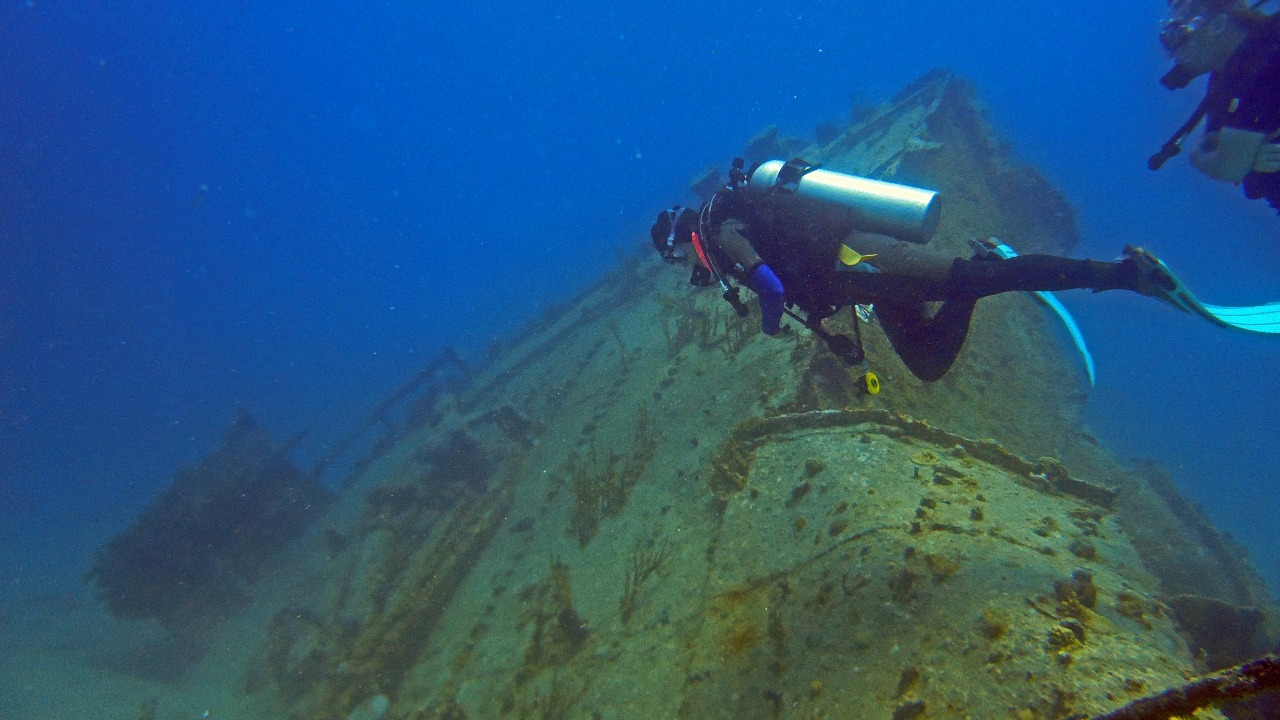
Off the coast of Ustica, a small island north of Sicily, archaeologists from the University of Sassari in Italy have made a remarkable discovery. Led by Fabrizio Vona, the team dove to depths of 100 meters to uncover a shipwreck dating back to approximately 600 B.C. This makes it over 2,500 years old and one of the oldest known wrecks in the central Mediterranean.
The Discovery Process
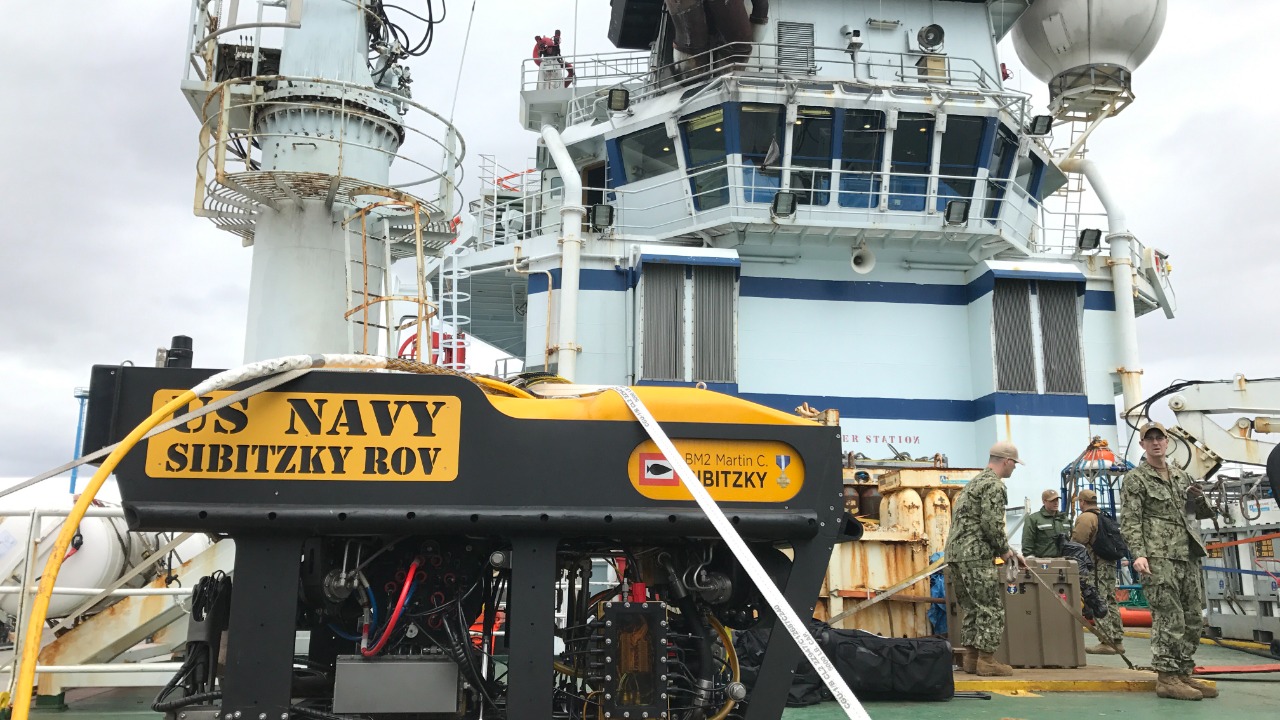
The team initially conducted sonar surveys in the waters around Ustica, which detected an anomalous shape at a depth of 100 meters. This intriguing find prompted further investigation using remotely operated vehicles (ROVs). The ROVs confirmed the presence of a shipwreck, sparking excitement among the team and leading to a diving expedition to physically explore the site.
During the diving expedition, archaeologists, including Fabrizio Vona, confirmed the wreck’s integrity and noted its burial under sediment, which had preserved wooden elements of the ship. The team collaborated closely with local authorities and the Superintendence of the Sea in Palermo, which authorized the dive and provided logistical support for the operation.
Artifacts Unearthed from the Wreck
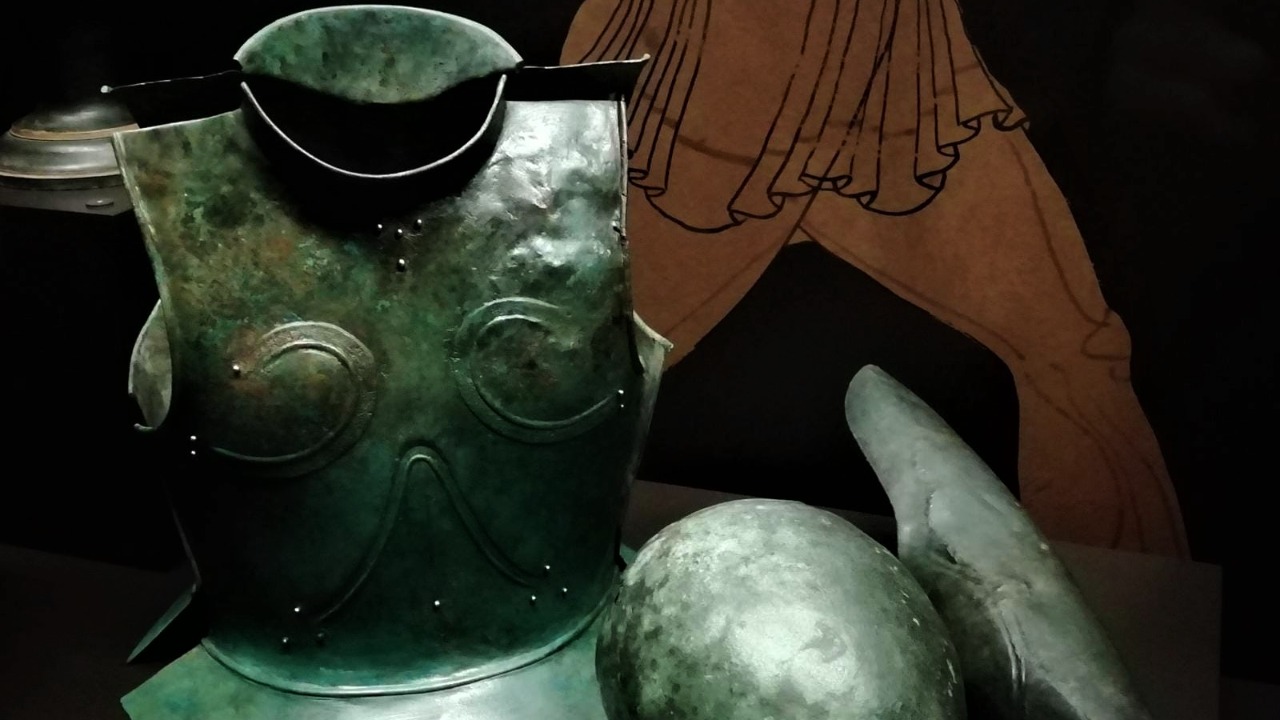
The site revealed a cargo of over 30 amphorae, ancient storage jars likely used for transporting wine or olive oil. These artifacts, scattered around the site, date back to the Archaic Greek period around 600 B.C. The discovery of additional pottery fragments, including black-figure ware, provided further clues about the ship’s origin. The team believes the ship may have originated from a Greek colony in Sicily or been a Phoenician trader.
Interestingly, the site lacked human remains or metal goods. This absence suggests that the ship may have sunk due to a storm rather than conflict. The wreck’s location in a deep, calm basin likely contributed to its preservation over the millennia.
Historical Significance of the Find
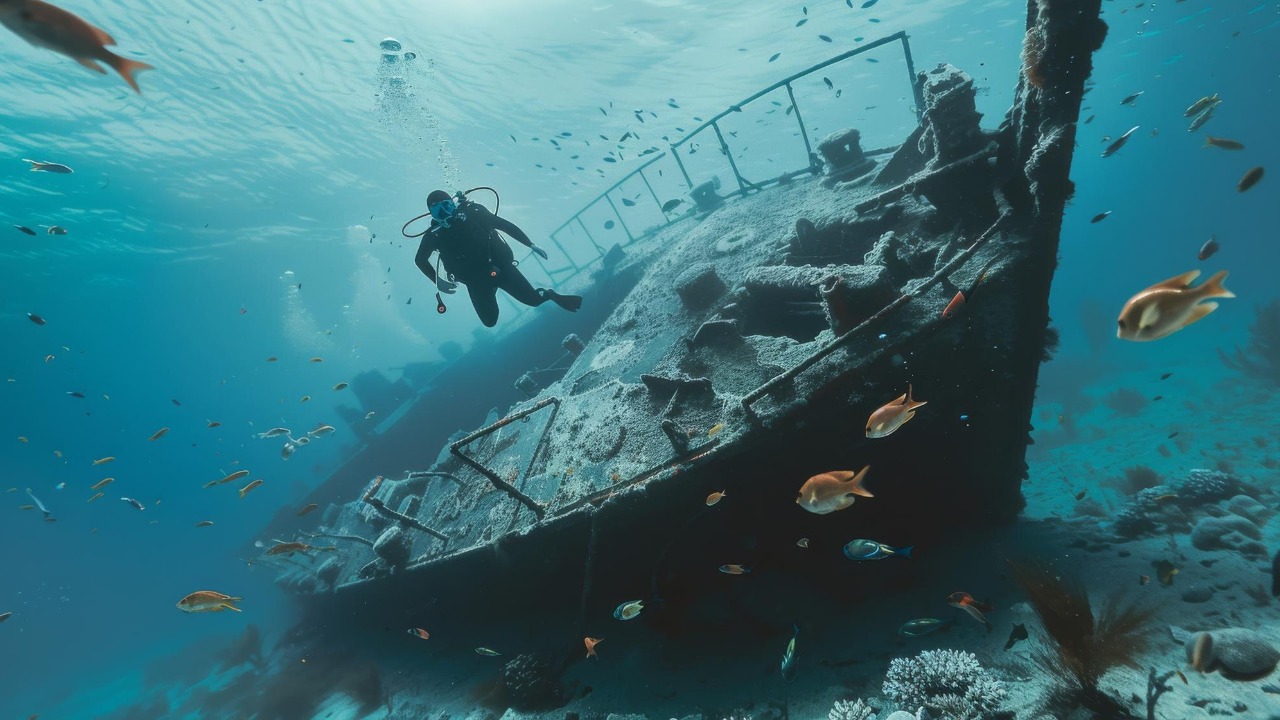
This shipwreck sheds light on 6th-century B.C. maritime trade routes between Greece, Phoenicia, and Sicily. The styles of the amphorae match those from workshops in Attica and the eastern Mediterranean, providing valuable insights into the trade networks of the time. The discovery is a significant addition to our understanding of ancient maritime history, comparable to other ancient wrecks like the 5th-century B.C. Gela II ship off southern Sicily.
However, this find stands out due to its earlier date and deeper location, offering a rare snapshot of pre-Classical navigation. Fabrizio Vona, the leader of the expedition, stated, “This discovery rewrites our understanding of early seafaring in the Mediterranean, showing how fragile wooden ships could endure such depths for millennia.”
Challenges and Future Research
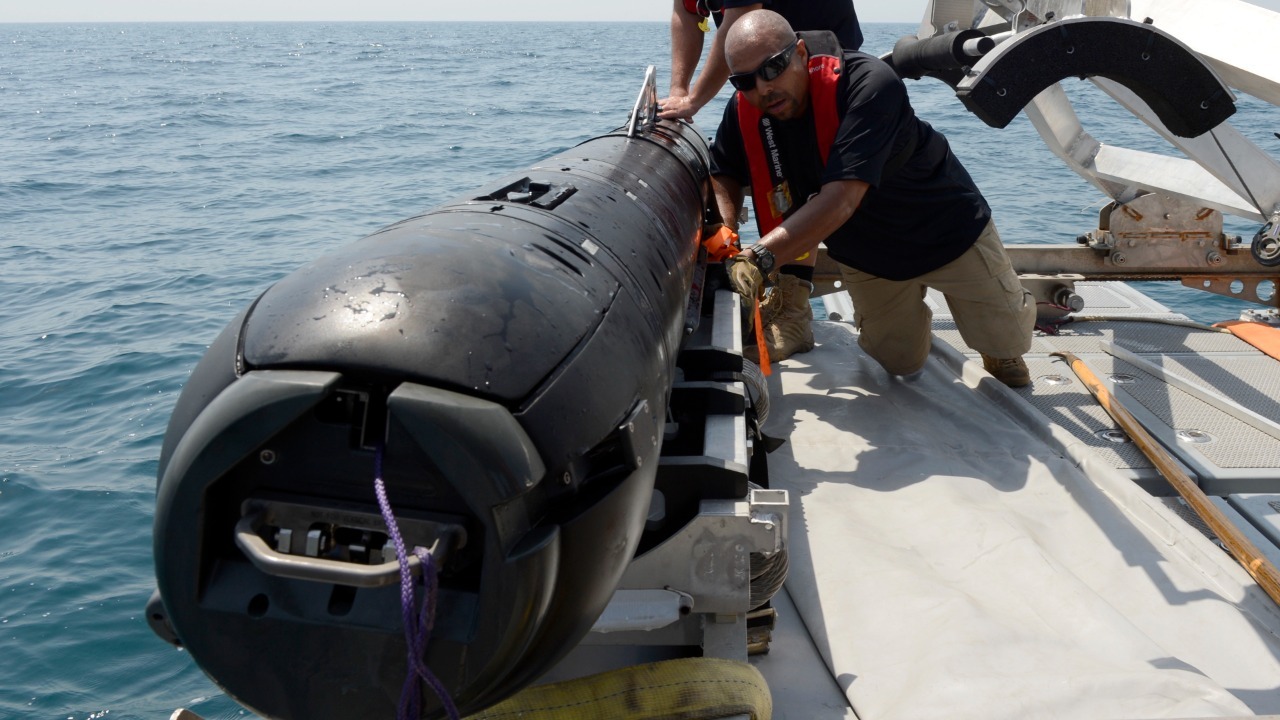
Excavating at a depth of 100 meters presented technical difficulties, including low visibility and pressure. These conditions required specialized diving gear and limited dive times to 20-30 minutes per session. Despite these challenges, the team plans to continue their research at the site.
Future plans include non-invasive mapping using photogrammetry to create 3D models of the site before any artifact recovery, in line with UNESCO guidelines for underwater cultural heritage. However, the site faces potential threats from illegal salvaging in the Mediterranean. To protect the site, the Italian team is advocating for its protected status to ensure its study by international experts.
This discovery is a testament to the enduring mysteries of the deep and the ongoing efforts of archaeologists to uncover our shared past. As research continues, we can expect to learn even more about the ancient seafarers who once navigated these waters.